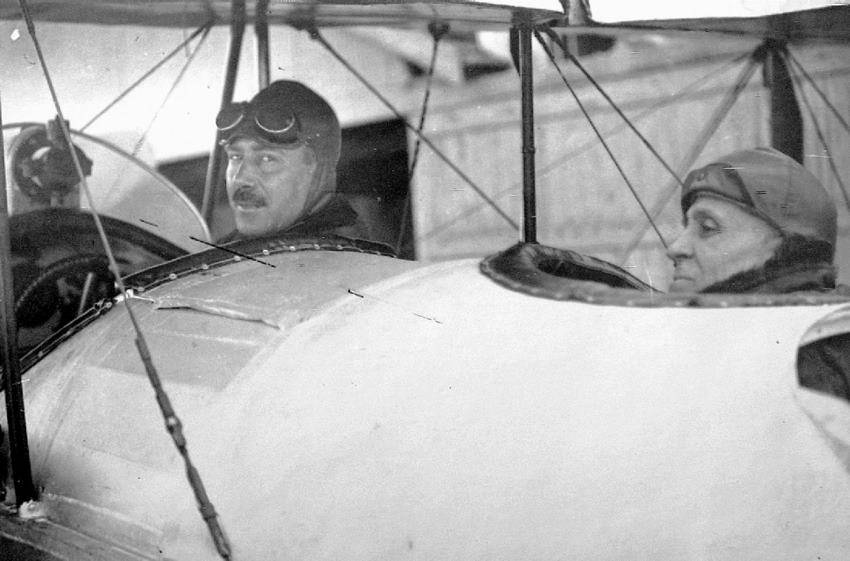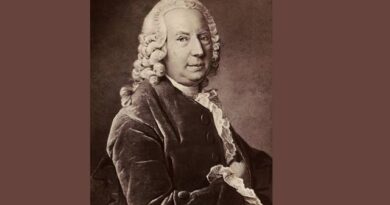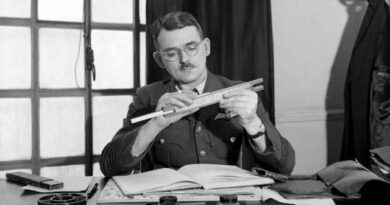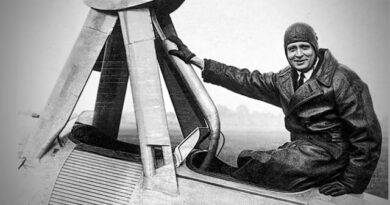Gago Coutinho, a Portuguese Sailor and Aviator
In this blog post we are going to discuss the life and achievements of Gago Coutinho, a Portuguese sailor and aviator who has completed the first aerial crossing of the South Atlantic, along with his friend and skilled pilot Sacadura Cabral.
Early Life, Education and Naval Career of Gago Coutinho
Carlos Viegas Gago Coutinho was born on the 17th of February 1869 in Santa Maria de Belem, a part of Lisbon in Portugal. Coutinho had humble beginnings as his family was not very wealthy. Although he wanted to study engineering in Germany, he could not do it because of this. Instead, at the age of 16, he completed his high school education and decided to pursue a career in the navy.
Then he went on to study at a naval school for a year and at the end of his training there he joined the Portuguese Navy at a low rank. Throughout his naval career he went to many territories of the Portuguese Empire such as Mozambique and Portuguese Timor and served as a map expert. Over time he acquired rank after rank, eventually becoming a vice admiral in 1922 and later in his life, an admiral in 1958.
Coutinho’s Aviation Career
While Gago Coutinho had a very successful naval career and worked as a map maker for the Portuguese Navy, he also got involved in aviation during some stage in his life, too. When he was a captain liutenant he spent some time in Africa from 1907 to 1911 and there he met Artur de Sacadura Cabral, who was a skilled pilot. As a result of his friendship with Cabral, Coutinho became interested in aviation. Their earliest flights were in 1917 and as time passed Gago Coutinho’s interest in aviation grew stronger.
As a very knowledgeable cartographer, he wanted to develop flight navigation techniques. While developing these techniques, he made sure to try them out firsthand and flew a lot in order to ensure their practicality. In 1922, Coutinho and Cabral managed to perform the first aerial crossing of the South Atlantic with the use of multiple Fairey III aircraft. Even though they ended up having to bring the aircraft to the ocean at the end of the flight, it was certainly an impressive feat at the time.

image source: Fernando M. S. P. Neves – Researchgate
Gago Coutinho’s Other Interests, Death and Legacy
Along with serving in the Portuguese Navy for years and becoming a high ranking official and getting involved in aviation, Gago Coutinho also had some other interests as well. For example, as an invention that is related to his service in the navy, he invented a naviation tool that allowed sailors to find their way without needing to see the horizon. Also, he designed an aviation tool that calculated leeway during flights.
Moreover, a surprising interest that he had was physics and he opposed the theory of relativity which had been developed by Einstein. In addition Coutinho was interested in history as well, particularly the history of Portuguese Discoveries which took place during 15th and 16th centuries. On the 18th of February 1959, Gago Coutinho died from a kidney problem, at the age of 90. Now there are many monuments in Portugal to commemorate him.
Resources
Anon. (n.d.). Carlos Viegas Gago Coutinho. Wikipedia. Retrieved 6 July 2022.
< https://en.wikipedia.org/wiki/Carlos_Viegas_Gago_Coutinho >
Anon. (n.d.). Gago Coutinho. Wikipedia in Portuguese. Retrieved 6 July 2022.
< https://pt.wikipedia.org/wiki/Gago_Coutinho >
André R. R. Silva, Jorge M. M. Barata, Fernando M. S. P. Neves (September 2016). Gago Coutinho and the Scientific Navigation. Scientific Research. Retrieved 6 July 2022.
< https://www.scirp.org/journal/paperinformation.aspx?paperid=70889 >


